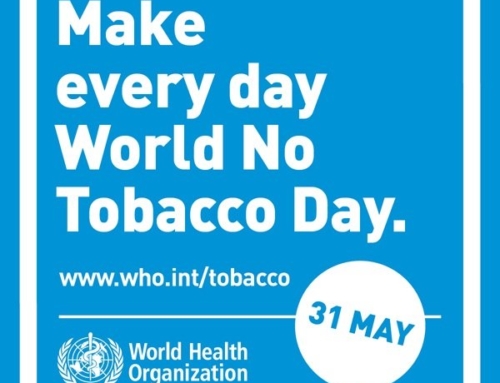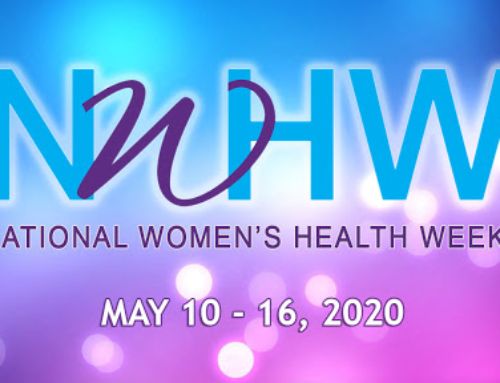While lung cancer is the second most common cancer in men and women, it is by far the leading cause of cancer death. Each year, more people die of lung cancer (29% of all cancer deaths) than of colon (8.4%), breast (6.8%), and prostate (4.4%) cancers combined. The American Cancer Society’s estimates for lung cancer in the United States for this year are approximately 222,500 new cases of lung cancer, and approximately 155,870 deaths from lung cancer.
November is Lung Cancer Awareness Month. This November, lung cancer organizations come together along with patients, survivors, and their family members, to raise awareness and hope as new scientific and research advances are saving lives.
There is a surprising lack of knowledge among patients and physicians about effective risk reduction and treatment options for lung cancer. The Lung Cancer Awareness Month Coalition aims to inspire hope and achieve better outcomes for patients while educating patients, and physicians. They strive to debunk unfair assumptions and stigma associated with lung cancer by educating the public on this disease and its causes.
Lung cancer is the second most common cancer in both men and women. The American Cancer Society’s estimates for lung cancer in the United States for this year are approximately 222,500 new cases of lung cancer and approximately 155,870 deaths from lung cancer
Fortunately, rates of new cases of lung cancer are falling. According to the National Cancer Institute, the rate of new lung cancer cases has fallen 32% among men, but have increased 94% among women. The peak incidence rate for men was 102.05 in 1984, and for women it was 52.99 in 1998. The rate of new cases for men has dropped 41% since 1984 and the rate of new cases for women has dropped 10% since 1998.
According to the Centers for Disease Control (CDC), the number one risk factor for lung cancer is smoking. In the United States, 80%-90% of lung cancers are linked to cigarette smoking. People who smoke cigarettes are 15 to 30 times more likely to get lung cancer or die from lung cancer than people who do not smoke. Smoking causes about 9 out of 10 cases of lung cancer in men, and about 8 out of 10 lung cancer cases in women. The best thing you can do to prevent lung cancer for yourself is to quit smoking.
Most lung cancers are preventable, because they are related to smoking and secondhand smoke, and less often to environmental factors. However, some lung cancers occur in people without any known risk factors for the disease, and it is unclear if those cancers are preventable.
Two of the goals of Lung Cancer Awareness Month are to increase hope for patients and raise awareness about the different risk factors for lung cancer.
Suwannee River AHEC and Tobacco Free Florida can help you reduce your chance of developing lung cancer with our tobacco cessation services. Visit srahec.org/tobacco for more information on how to quit. Tobacco Free Florida offers three ways to quit: on the phone, online, and at local in-person groups, facilitated by Tobacco Treatment Specialists.
Check out the infographic from Cancer Treatment Centers of America below to learn more about lung cancer risk factors, treatment, and prevention.
Statistics from the American Cancer Society, Centers for Disease Control, and National Cancer Institute SEER Program.
More information on Lung Cancer Awareness Month can be found at lcam.org








